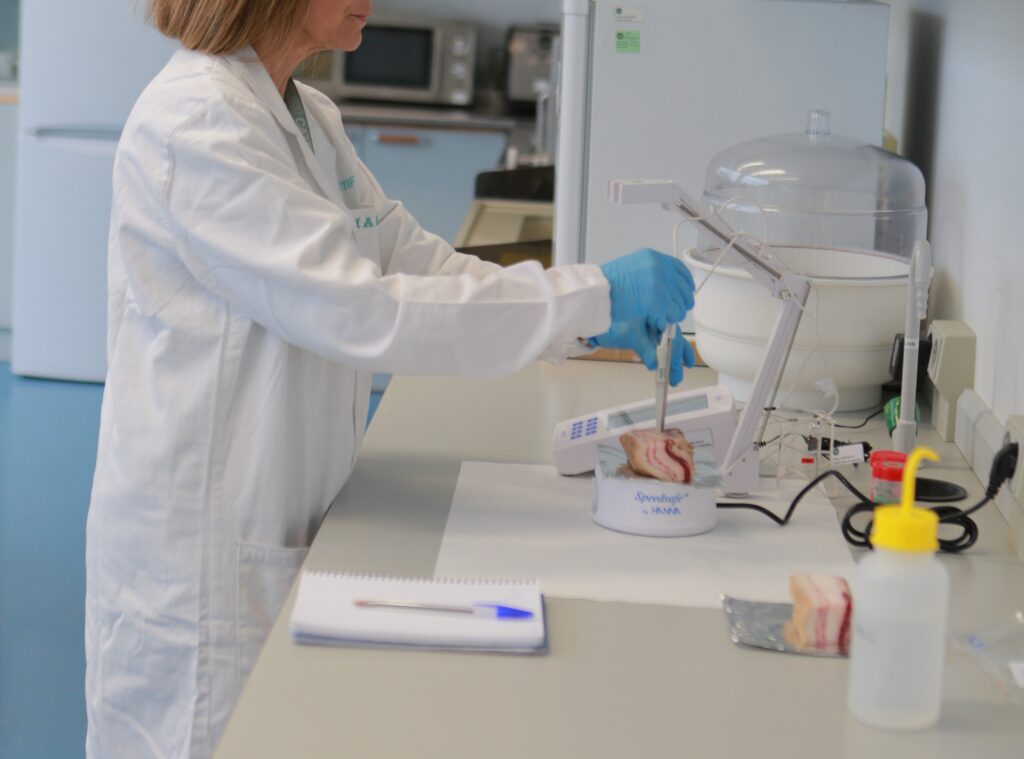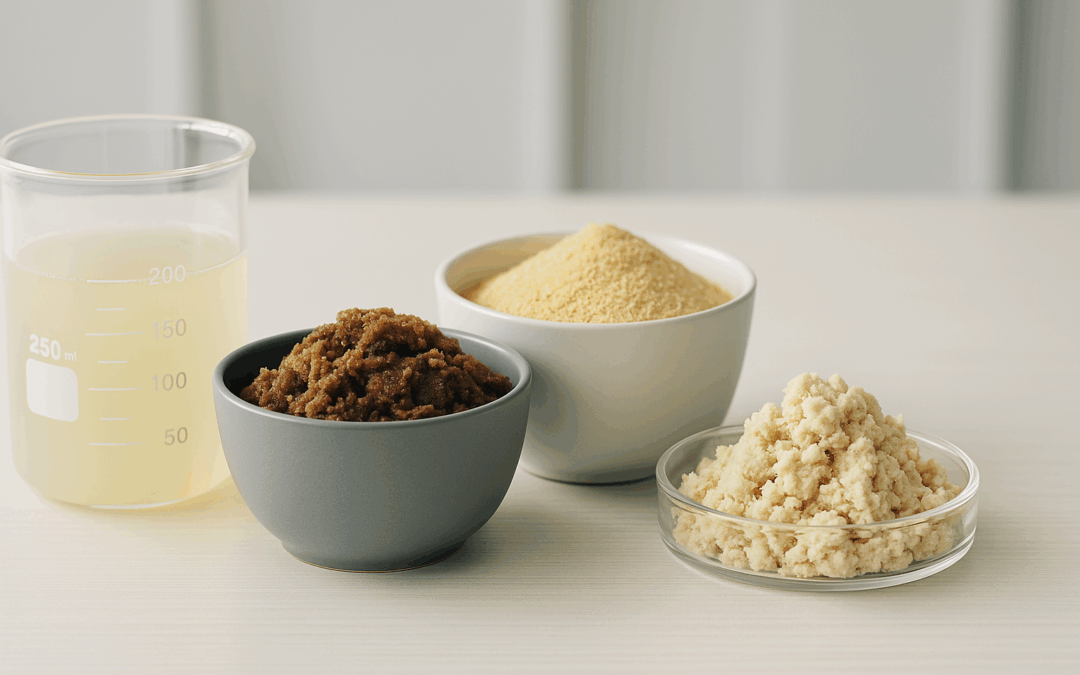Do you believe in second opportunities? At CARTIF, we believe in RElife!
Bagasse is the residue left after crushing, pressing, or macerating fruits, seeds, or stems to extract their juice. It’s a very common byproduct in the production of foods and beverages such as wine, beer, and plant-based drinks. We naturally refer to “oat bagasse,” “beer bagasse,” or “grape bagasse,” yet in other similar cases, we use specific names like okara or magaya. Why is this?
The difference lies in the cultural context and historical use. Magaya is a traditional word from northern Spain—especially in Asturias and Galicia—where cider production is part of everyday rural life. Due to its continuous presence and local value, this waste product has earned its own name. The same is true of okara, a term of Japanese origin that refers to the residue left over after making soy milk or tofu, widely used in the traditional cuisine of Japan, Korea, and China. When a waste product has been historically used in food or daily life and has acquired social or economic value, it is common for it to receive a specific name. Naming it is a recognition of its value and usefulness.
Magaya
Residue from pressed apples used to make cider
Okara
Insoluble parts of soybeans that remain after filtering soybean mash during the production of soy drinks or tofu
There are other examples of food by-products with their own names that reflect this tradition of use: pomace, the solid residue left over from grape pressing and used to distill spirits; middlings, the product of sifting flour and used in animal feed; brine, the liquid left over from cheesemaking or pickling, rich in salts and nutrients; molasses, a thick by-product of sugarcane or beet refining that can be used for fermentation or animal feed; or whey, a protein-rich liquid left over from cheesemaking and transformed into beverages or supplements. These names may sound strange, but they all have one thing in common: they are by-products, the “leftovers” after making something… and they still have a lot to offer.

Giving leftovers or waste a second life or a second chance is called valorization. It’s about turning what seemed like an end into a new beginning. It’s about reincorporating them into the value chain so they can have life again, a Revival. At CARTIF, we like RE: the Challenges of innovation, the Rewards of the food industry, the Recirculation of resources, and the Revalorization of waste. Because, for us, throwing away is not an option. And not only because the new Law on the Prevention of Food Loss and Waste has been in force since this year, but because innovating solutions to return this value to the food chain itself has been in our DNA for 30 years.
From meat processing waste, we obtain high-value ingredients such as heparin, functional fats, and proteins. From magaya, we extract natural pectins for food and cosmetic applications. With okara, we develop protein-rich, healthy, and sustainable snacks. And what’s left of all that? We also reclaim it: we transform it into biostimulants for agricultural soils. And then, when we’ve exhausted all other options? We continue to use it to produce biogas, hydrogen, and syngas, generating energy and thus closing the loop.
At CARTIF, we believe that waste isn’t trash, but rather resources waiting for a second chance. Through innovation, science, and collaboration with industry, we’re demonstrating that a more circular model is possible. Will you join the Revalorizar challenge and help us give this “waste” a proper name?
- From waste to resource: how to give food by-products a second life. - 26 September 2025
- We´ve done it again: A new product on the market! - 31 January 2025
- You can also consume locally - 14 June 2024
